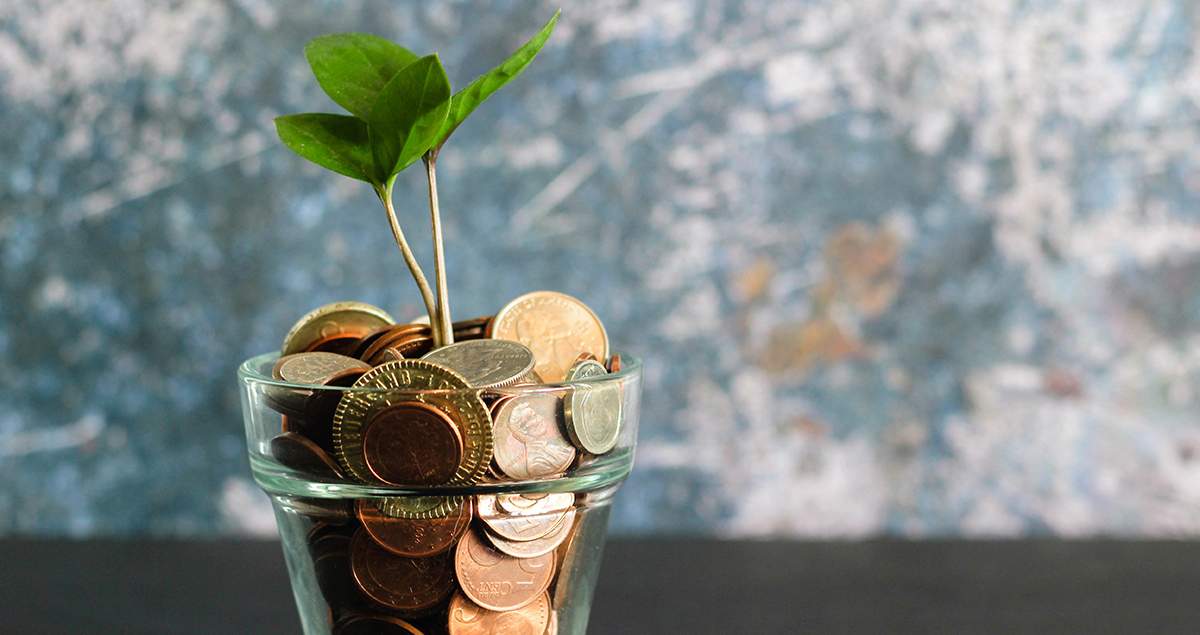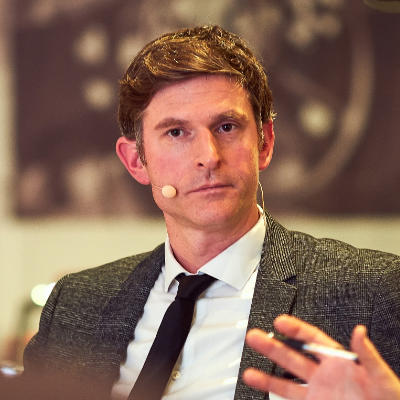Hydrogen trade hopes boosted by Australia-Germany deal

A bilateral agreement aimed at increasing German imports of hydrogen produced from solar power plants in Australia could set a milestone in efforts to establish a global hydrogen market.
Australia said it wants to become "a powerhouse in hydrogen production and exports" after signing what it described as "a landmark agreement" with Germany on 11 September.
The agreement initiated a joint feasibility study that will look into establishing a green hydrogen supply chain between the two countries.
Australia's partnership with Germany came in addition to similar deals on green hydrogen made with other countries like Japan, South Korea and Singapore, the Australian trade minister said in a statement.
Addressing a webinar on the subject last month, moderated by EURACTIV, Lynette Wood, the Australian ambassador to Germany, said: "It is our ambition to become a global leader in hydrogen production".
Over time, the European Union is expected to play its part by introducing a certification scheme that could serve as a basis for trading green hydrogen on a global scale.
"We want to work with Germany and the European Union" to develop a global hydrogen market, Wood told the webinar, organised on 14 September by the Australian embassy in Germany.
Germany is eyeing massive imports of green hydrogen produced from places like Australia, Africa or the Middle East. Seen from Berlin, these countries have vast untapped potential for solar power which could be fed into electrolysers producing "green" hydrogen made from renewables.
"We are only at the beginning of a very long road," said Dr Hinrich Thölken, deputy director-general for energy and climate policy at the German Federal Foreign Office, who spoke at the webinar.
Reaching climate neutrality by 2050 -- the EU's stated goal -- requires decarbonising the entire economy, including sectors such as cement, chemicals and heavy-duty transport, which are hard to electrify and could use hydrogen as a clean alternative, Thölken pointed out.
This is why "we are convinced that green hydrogen will play a crucial role in achieving our goals," he told participants at the webinar.
A common buzzword at the beginning of the century, the hydrogen economy could finally be about to materialise on the back of falling technology costs and growing interest from policymakers.
In July, the European Commission unveiled a strategy to develop hydrogen produced entirely from renewables, with plans to install at least six gigawatts (GW) of electrolysers in the EU by 2024. By 2050, the EU executive estimates that clean hydrogen could meet 24% of the world's energy demand, with annual sales in the range of €630 billion.
But the hydrogen industry is currently tiny and scaling up production will require massive amounts of renewables, according to BloombergNEF, a research firm.
Meeting 24% of global energy demand with hydrogen would require around 31,320 Terawatt-hours (TWh) of electricity to power electrolysers -- "more than is currently produced worldwide from all sources," BNEF said in its 'Hydrogen Economy Outlook' published earlier this year.
And since all that power needs to come from renewables, European countries are looking at ways of importing the volumes they will not be able to produce themselves.
"There is simply not enough space in Germany for renewables to produce the amount of green hydrogen" that is needed to decarbonise the country's economy, Thölken said. "So we will have to import large quantities and are currently looking for partners across the globe," he added, underlining the importance of Germany's partnership with Australia.
Previous attempts to create a hydrogen economy have stumbled on technological difficulties and prohibitive costs. But the rapidly falling price of electrolysers and renewable electricity has revived hopes in hydrogen as a potential silver bullet to decarbonise hard-to-abate sectors of the economy, BNEF said in its hydrogen economy outlook.
"The price has been plummeting to the point that we can now see that this decade we will be able to make renewable hydrogen that is price competitive," said Dr Alan Finkel, Australia's chief scientist.
International pressure to reduce carbon emissions has also increased since the Paris Agreement was signed in 2015, opening new market opportunities for low-carbon technologies that did not exist before, Finkel said.
"Everything's changed" since the early hydrogen hype of the early 2000s, Finkel said. And Australia "has all the ingredients" to become a global leader in hydrogen exports, he added, citing extensive land availability, strong winds, powerful solar radiation, stable diplomacy, and "enthusiastic investors" among the country's main strengths.
"There is good reason, I think, to feel that what we're looking at now is a very different opportunity for hydrogen compared to 15 years ago," he told the webinar.

Distance and transportation costs
Despite all its strengths, Australia has one momentous challenge to overcome when it comes to developing hydrogen trade with Europe: distance and transport costs.
"When you're transporting hydrogen, the biggest expense by far is the liquefaction," which requires extremely low temperatures of -253°C with high associated transformation costs, Finkel said.
This is why he believes Australia will first become "the main supplier of hydrogen to Asian markets", which are much closer to the country than Europe.
As for the European market, Australia's ability to compete there will depend on what other countries will do. "Will Algeria, Morocco and other countries in North Africa see the opportunity?" Finkel wondered. "That's up to them."
But he is optimistic that Australia will be able to find its place on the European market, thanks to its politically stable environment and "a history of long-term stable supply agreements", which he said are very valued in the energy business.
Even the high transport costs do not seem insurmountable.
"There is a lot of research going on" to transport hydrogen over long distances, for example, using ammonia as a carrier, said Dr Veronika Grimm, an economics professor at the University of Erlangen-Nuremberg in Germany.
A chemical traditionally used in the fertiliser industry, ammonia can be used to "carry" hydrogen over long distances although this requires an additional transformation step to convert ammonia back into hydrogen when it reaches its destination.
Ammonia's key advantage, however, is that it can be liquefied at lower temperatures than hydrogen and can be traded easily using an existing fleet of ammonia ships for transport.
This has not escaped the attention of Australia and Japan, which are both looking into ammonia as a way of shipping large quantities of green hydrogen to Europe.
"At distances of more than 2,500 kilometres it becomes maybe the preferred energy carrier to transport hydrogen -- even more than pipelines," said Tudor Constantinescu, principal adviser to the European Commission on energy matters, who spoke at a EURACTIV event last month.
Certification schemes
Another key issue to resolve before hydrogen can be traded internationally is to provide certainty to buyers about the origin of the product, and crucially, whether it was produced from fossil fuels or from renewable electricity.
"Germany needs to know for sure that the hydrogen it is buying is renewable," Finkel said, adding that a reliable certification scheme was crucial to develop hydrogen trade on a global scale.
Europeans have started developing such as scheme years ago, through an EU-wide guarantee of origin system called Certifhy.
The EU scheme attributes different colours to hydrogen depending on the manufacturing process: grey if it comes from natural gas, green if it comes from renewable electricity, purple if it comes from nuclear, and blue if it uses fossil fuels with carbon capture and storage.
In its national hydrogen strategy adopted last year, Australia proposes a different certification scheme based on three elements: the country of origin; the technology of production; and the amount of CO2 emissions that went into the production of hydrogen.
"It will need some kind of digital distributed ledger scheme," Finkel said, adding that Australia was currently in talks with Germany, South Korea, Japan, Singapore and other members of the International Partnership for Hydrogen and Fuel Cells in the Economy (IPHE) to explore "the optimum design of a certification scheme that will underpin a robust international trade of hydrogen".
What certification scheme will end up being adopted on a global level is not clear yet.
"I think there is a lot of potential for partnerships," Grimm said, pointing however that international hydrogen forums have "an element of cooperation and competition at the same time."
Paula Abreu Marques, a senior official at the European Commission, said that "an EU-wide certification scheme for renewable and low-carbon hydrogen" was a vital first step before Europe can start engaging in hydrogen trade on a global scale.
Certification "is essential" to ensure buyers know how the hydrogen was produced and how it was transported to Europe, she told participants at the webinar.
Equally essential, the quality of hydrogen needs to be ensured in order to develop a Europe-wide market, Marques said.
"It is important here to ensure the harmonisation of EU quality standards for pure hydrogen to avoid eventual problems in the future once we have the cross-border infrastructure in place."
By June 2021, the Commission intends to "introduce a common low-carbon threshold/standard" for hydrogen production in Europe, including gas quality criteria to ensure hydrogen can flow seamlessly within the EU's borders.
When it comes to trade, the Commission intends to promote "the development of international standards" to measure emissions for "each unit of hydrogen produced and carried to final use", the EU executive said in its hydrogen strategy.
"The good news is that everyone agrees that we do need a certification process," said Valérie Bouillon-Delporte, director of hydrogen strategy at Michelin and president of Hydrogen Europe, an industry association.
But she also warned against an international standoff on hydrogen standards, saying: "We need to accelerate towards a global and common certification process in order to avoid that every single country or region has its own".
At the end of the day, the key objective is to have "a liquid market" that will make hydrogen a global commodity, Bouillon-Delporte said.
Read more about MHI's investment in Green Hydrogen & Green Ammonia in South Australia





